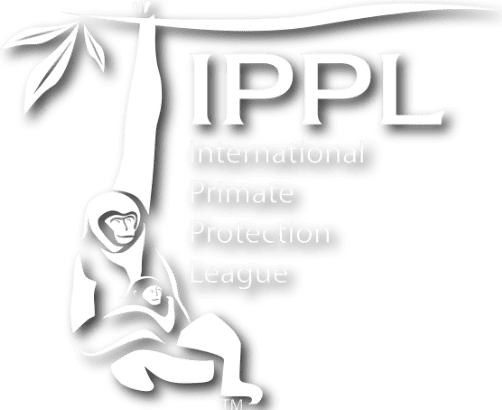Resources
© Little Fireface Project
The Status of Primates Around the World:
There are nearly 700 species of primates in the world and the latest studies shows that most species are endangered or threatened. Importantly, all ape species are endangered. One of the newest species added to the list is the critically endangered Hainan Gibbon, which has a tiny population confined to one island.
These stark facts are why the International Primate Protection League exists. We've been fighting for primates since 1973.
In 2015, IPPL posted a story addressing the issue of the number of primates believed to be in existence. It was based on a study by the International Union for Conservation of Nature (IUCN), of which IPPL is a member. They recognized there was well over 600 primate species and subspecies… and counting. This organization also periodically highlights the imperiled status of the top 25 threatened primate species, though the sad fact is that there are many more species that could easily qualify for those “top” slots.
According to IUCN in 2012, “More than half (54%) of the world’s 633 primate species and subspecies with known conservation status are classified as threatened with extinction on the IUCN Red List of Threatened Species™.” IUCN is expected to release another study later this year. In the meantime, IPPL’s full story from 2015 can be read here.
Online Resources:
African Ape Study Sites – A directory of ape field sites in Africa maintained by an IPPL supporter.
Animal Info – A site linking to information about the biology, ecology, and status of endangered animals.
Arcus Foundation – A foundation that works to advance the conservation of and respect for the world’s apes, both in captivity and in the wild.
Gibbon Research Lab/Gibbon Network – A pair of sites maintained by German gibbon expert and IPPL friend Dr. Thomas Geissman, where you can learn all about the natural history of the many gibbon species (and listen to their songs) as well as connect with others interested in gibbon conservation and behavioral research.
The International Union for Conservation of Nature and the Species Survival Commission provides information on primate species, primate diversity by region and critically endangered primates.
The Natural World of Wild Primates offers information on the primate world including the history of primates and the number of species.
Primates In Peril – The Worlds Most Endangered Primates 2014-2016 is a 99 page downloadable book with photographs and illustrations published by IUCN SSC Primate Specialist Group (PSG), International Primatological Society (IPS), Conservation International (CI), Bristol Zoological Society (BZS).
Books on Primates
“Sacred Cows and Golden Geese” by Ray Greek, MD and Jean Swingle Greek, DVM, discusses the issue of animal experimentation, foreword by Jane Goodall
“The Talking Monkey “by Karen Dawn, “rethinking the way we treat animals”
“The Chimpanzees of the Budongo Forest” discusses their “Ecology, Behavior and Conservation,” Vernon Reynolds, Oxford University
“Kindred Beings” by Sheri Speede DVM, founder of the Sanaga Yong Chimpanzee Sanctuary in Cameroon
“Primate People” by Lisa Kemmerer, includes a chapter by IPPL’s Dr. Shirley McGreal
“Mountain Gorillas, Ecology, Behavior, and Conservation” by Gale Eckhart and Annette Lanjouw
“The Monkey Wars” by Deborah Blum presents all sides of the debate over monkey experimentation
“Primates” by Barbara Sleeper, photos by Art Wolfe, beautifully illustrated introduction to “The Amazing World of Lemurs, Monkeys, and Apes
“The Deluge and the Ark: A Journey into Primates Worlds” and “Chimpanzee Travels: On and Off the Road in Africa” by Dale Peterson
Editor's note: This article has been updated since it was originally published in 2010, 2012 and 2015.

